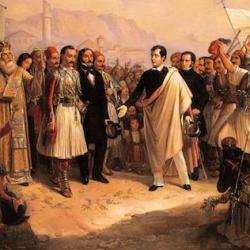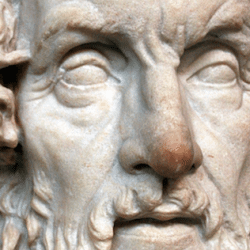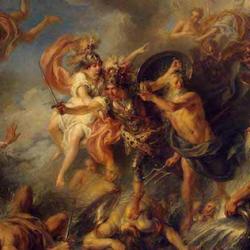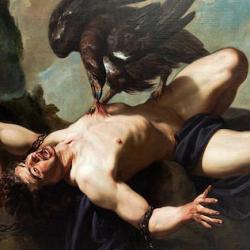In a 1973 article in the journal Iraq , Miranda Bayliss reviews the evidence for a cult of the dead in ancient Assyrian and Babylon
Little evidence survives a general “cult of deceased kin” except among royal families. For others, most of the evidence involves dealing with ghosts that torment their kin and others. “Just as the Mesopotamian cult of the gods entailed the provision of their ‘physical’ needs, particularly the provision of regular meals placed as offerings in front of their images, so also the ghosts of the dead required provision of their needs.” Ghosts were believed to have superhuman powers like those of demons, and ghosts and demons are sometimes compared in the incantation texts. Given their powers, ghosts were capable of affecting the living. Propitiatory rituals were needed to keep ghosts under control and to protect the living from their attacks. There were also, apparently, funerary cults, but these did not extend any further back than grandparents.
Royal funerary cults reached much further back: “evidence suggests that the inclusion of more generations of ancestors in the royal cult than in the non-royal was characteristic of Mesopotamian society.” Bayliss describes some of the details of the cult: “The fullest evidence of the royal funerary cult comes from Mari. A number of administrative texts list rations ana kispim sa s’arrdni . The staple foods listed were similar to those for the king’s own meals. The plural sarrani suggests that several generations at least were included in the cult, but there is no direct evidence of its extent. References in letters indicate that the presence of the reigning king was important, possibly essential; there is no evidence as to whether other members of the royal family took part.” It is possible that the dead kings were represented by statutes, and incense was burned before them.
The royal ancestor cult was more extensive and regular for several reasons. “Ritual obligations of all kinds were more binding on the king, whose well-being, felt to depend on the relationship with the national deities, symbolized the well-being of the community. This was particularly true of the Assyrian king, who was high priest of the god Assur, and whose every action was regulated by the consultation of omens and by ritual protective measures. As mentioned above, even the ancestor cult of the Hammurapi dynasty, with its strong patrilineal emphasis, showed an orientation towards the well-being of the com-munity. A more decisive factor, however, was the greater awareness of ancestors among kings, shown also by references to ancestors in general or individuals by name and by the use of genealogies in royal inscriptions. This awareness was presumably related to the high status of the royal family and to their access to the means of preserving their names for posterity in king lists and on monuments.”










